AARP Hearing Center


Key takeaways
- Changes from Inflation Reduction Act will take effect next year.
- Lower out-of-pocket limit in Part D drug plans erases old “donut hole.”
- You may find weight loss drugs covered to treat other medical conditions.
- Your Medicare Advantage plan may not stay the same.
- Look for a midyear statement from your MA plan.
- Caregivers for loved ones with dementia may be eligible for respite care.
- More mental health counselors are encouraged to enroll as providers.
You can thank the Inflation Reduction Act of 2022 for some of the biggest Medicare changes in the past few years — including a welcome reprieve from the high costs of prescription drugs.
Among the changes:
In 2023, Medicare capped covered insulin costs in Part D prescription drug plans at $35 a month and eliminated out-of-pocket costs for recommended vaccines.
In 2024, the government expanded eligibility for financial assistance from the Part D Extra Help program and announced results Aug. 15 of negotiations to reduce the costs of 10 of Medicare’s most expensive drugs. Those prices will take effect in 2026.
One of the biggest changes takes effect in 2025, when Part D plans must cap out-of-pocket spending on covered drugs at $2,000 a year. That change will have a ripple effect on Part D and Medicare Advantage plans’ other costs and coverage, making it especially important to review your options during open enrollment this year.
The Part D rules overshadow other Medicare changes that can make a difference in 2025, including Medicare Advantage midyear coverage notices and stricter marketing rules, expanded benefits for family caregivers and access to more mental health providers.
1. $2,000 out-of-pocket spending cap for prescriptions
The $2,000-a-year out-of-pocket limit for prescription medications applies to stand-alone Medicare Part D policies and drug coverage in Medicare Advantage plans.
“It’s the first time in the history of the Medicare program that people have a cap on how much they could have to pay out of pocket,” Meena Seshamani, M.D., the director of the federal Center for Medicare, said in an interview with AARP. “And such a significant change means that in open enrollment, it is so important to shop. Because with such big changes, there very well could be a plan that better suits your health and financial needs.”
The $2,000 cap includes deductibles, copayments and coinsurance for covered drugs. It doesn’t apply to premiums or to drugs a plan doesn’t cover.
“It doesn’t apply to their Part B drugs,” such as injections they get at their doctor’s office, says Gretchen Jacobson, vice president of Medicare for the Commonwealth Fund. The amount of the cap can be adjusted in subsequent years if Part D costs rise.
2. No more Part D ‘donut hole’ or coverage gap
This change simplifies the way Part D works. Before 2025, plans had four coverage phases.
- Deductible. You pay the full cost of drugs until you meet your deductible, up to $545 in 2024.
- Initial coverage with copayments that vary by medication.
- Coverage gap, which occurs when you and your drug plan reach $5,030 spent on covered medications in 2024. It was known as the “donut hole.” Plans pay less in this gap, especially for brand-name drugs, and have dispensing fees. You may pay more out of pocket for the same meds than in your initial coverage period.
- Catastrophic coverage begins at $8,000, based on your out-of-pocket costs, not the insurer’s share, and manufacturers’ discounts in the coverage gap. In the catastrophic phase in 2024, you pay nothing for your covered prescriptions until the new year, Jan. 1, 2025.
In 2025, Part D plans can have a deductible up to $590. Then you pay copayments for your medications until your total out-of-pocket costs reach $2,000.
The cap is expected to help millions of people. By April 1, 2024, more than 1.7 million people, about 3.5 percent of people covered in drug plans, had already reached $2,000 in out-of-pocket costs on their prescriptions, according to the Centers for Medicare & Medicaid Services (CMS). More certainly will surpass that by the end of the year.
People with high drug costs tend to pay a lot at the beginning of a year. The Medicare Prescription Payment Plan will let enrollees opt to pay their prescription costs monthly rather than all at once.
“This will enable people to spread out the out-of-pocket drug costs over the course of the year so that you don’t experience that sticker shock and those cash flow issues at the pharmacy,” Seshamani says.
The payment plan doesn’t reduce the total cost, but it can help with budgeting. You can opt into the plan by contacting your Part D company.
The caveat. “There was some concern that changes in the Medicare Part D benefit design that lower costs for beneficiaries, like the $2,000 cap, would lead to higher premiums for 2025,” says Tricia Neuman, executive director for KFF’s program on Medicare policy. The $2,000 cap doesn’t include premiums.
“The Inflation Reduction Act included a 6 percent cap on base Part D premiums, but the cap does not apply to the total premium that individual plans may charge,” she says. Part D plans will have to cover a larger share of the costs beyond the cap. Drug manufacturers and Medicare also contribute to the cost beyond the cap.
The 2025 Part D base premium is $36.78, but actual premiums vary depending on your location and plan.





























































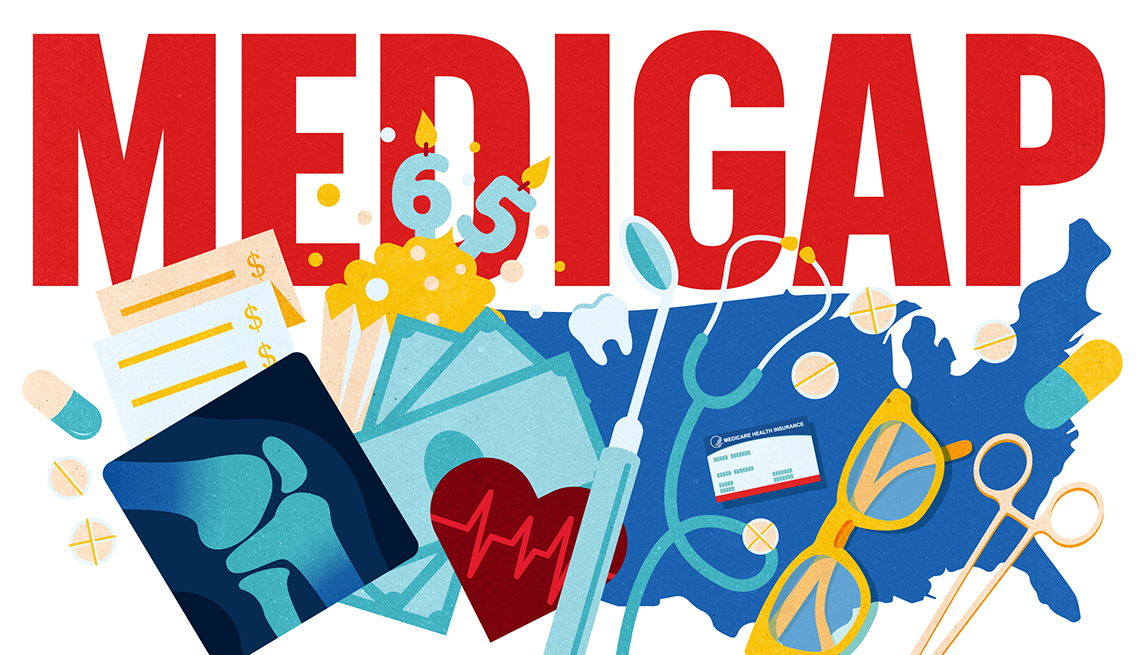


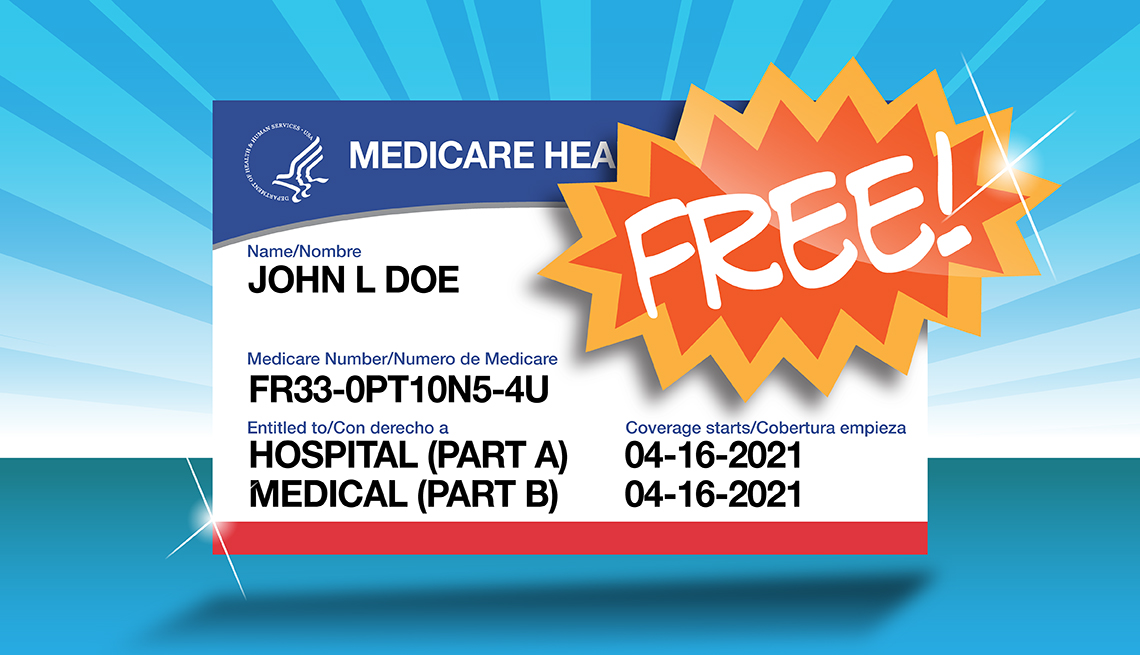



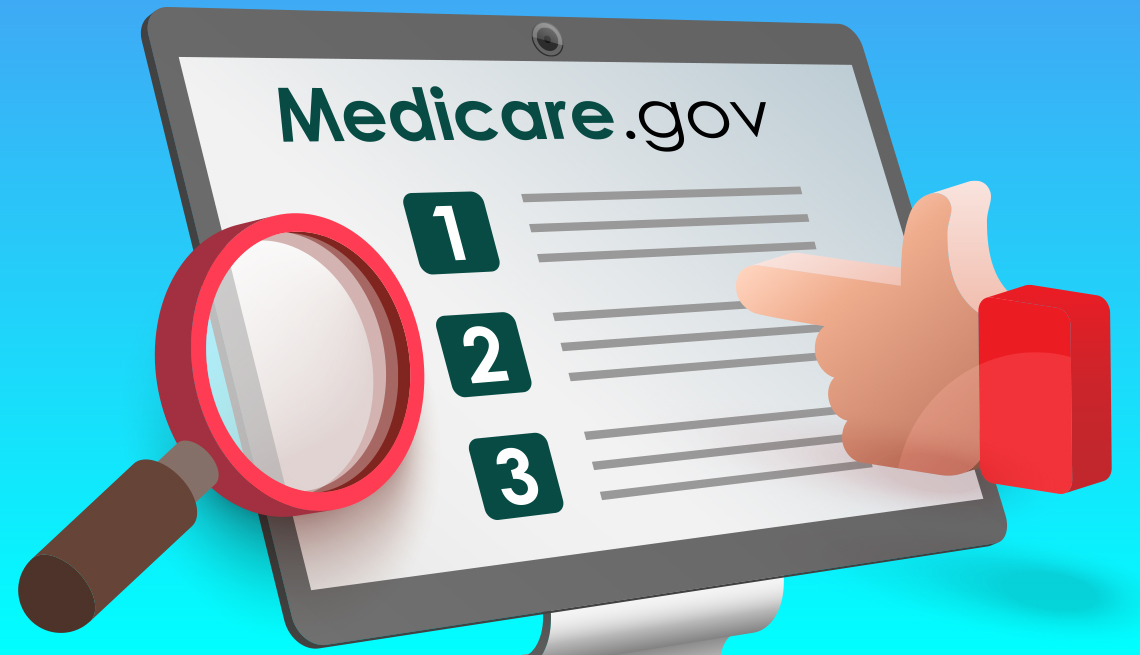
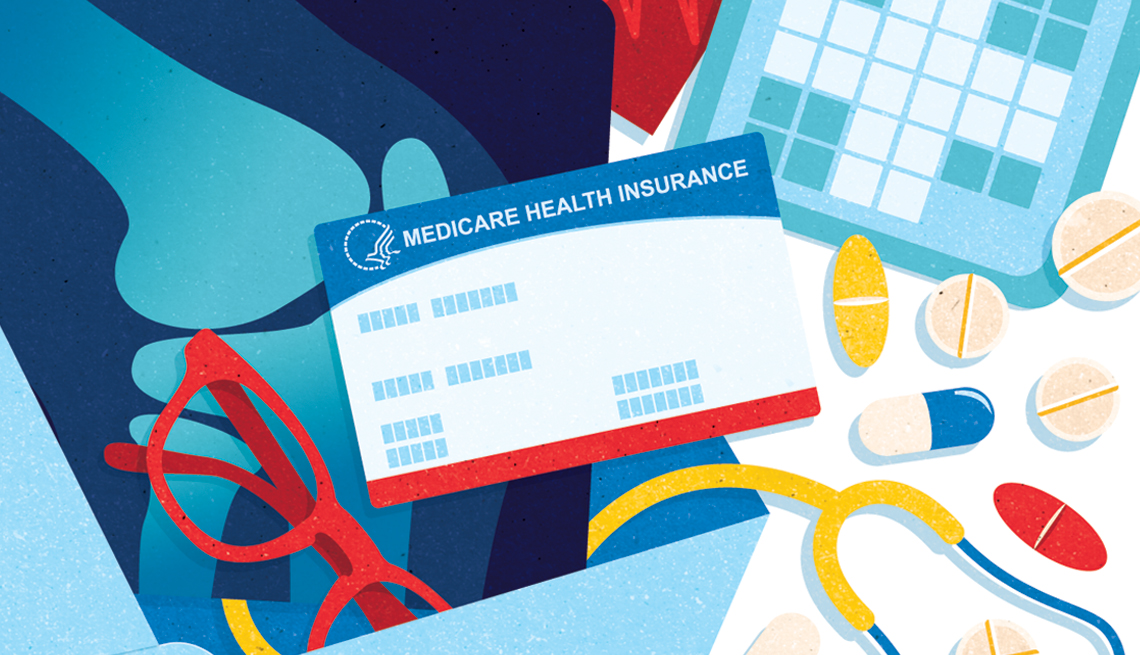

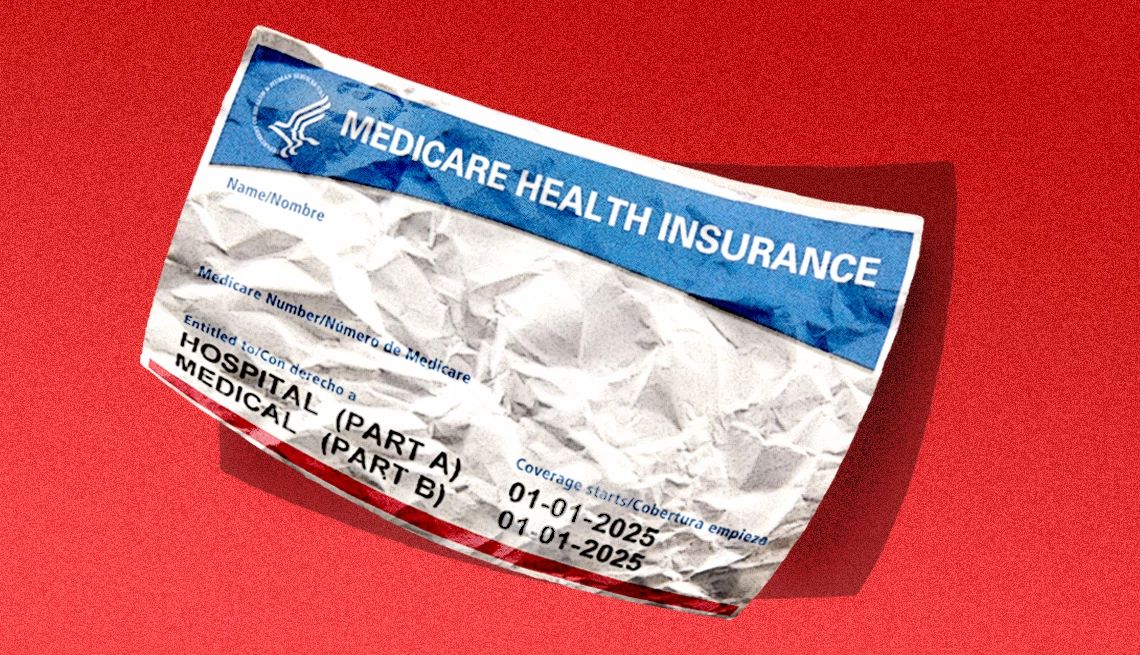










More From AARP
What Caregivers Should Know About Medicare Coverage
How to navigate the system and get the help you needMedicare Open Enrollment: Everything You Need to Know
When it starts, ends for Medicare and Advantage plans
Breakthrough Medical Advancements for Patients
New research in heart and brain health, cancer and infectious diseases is changing the future for older Americans.
Recommended for You